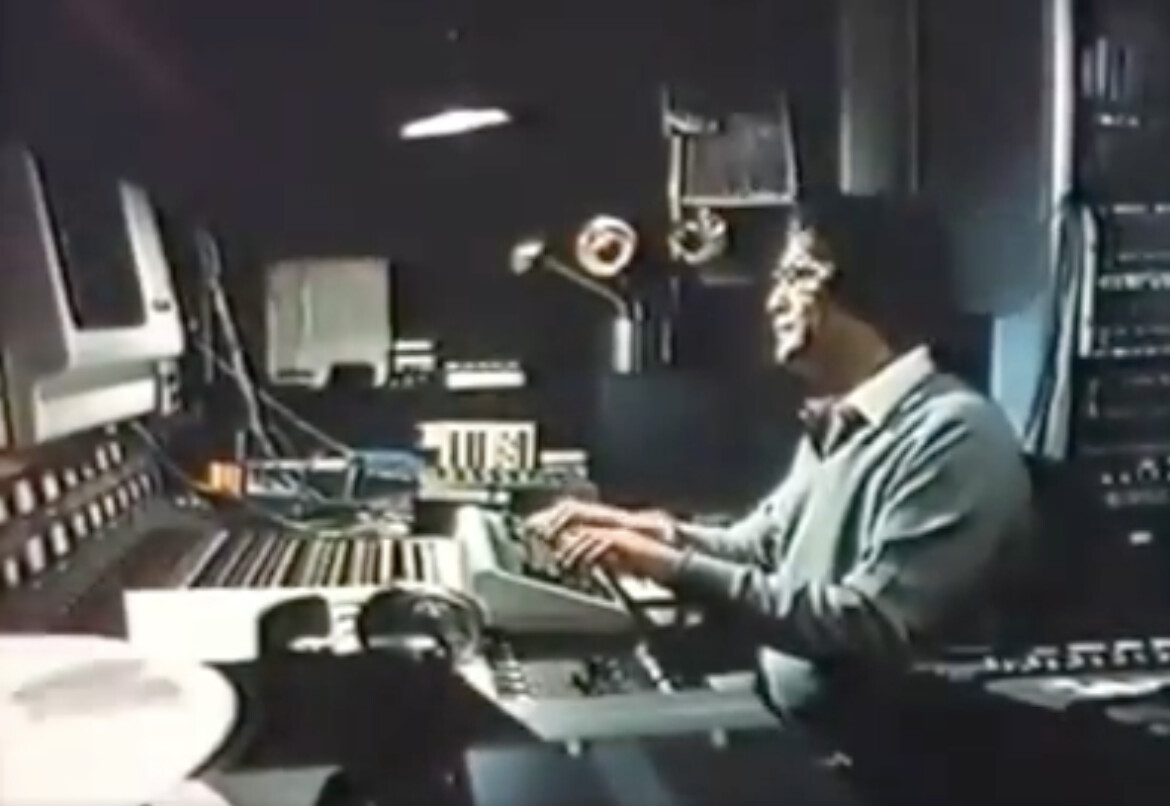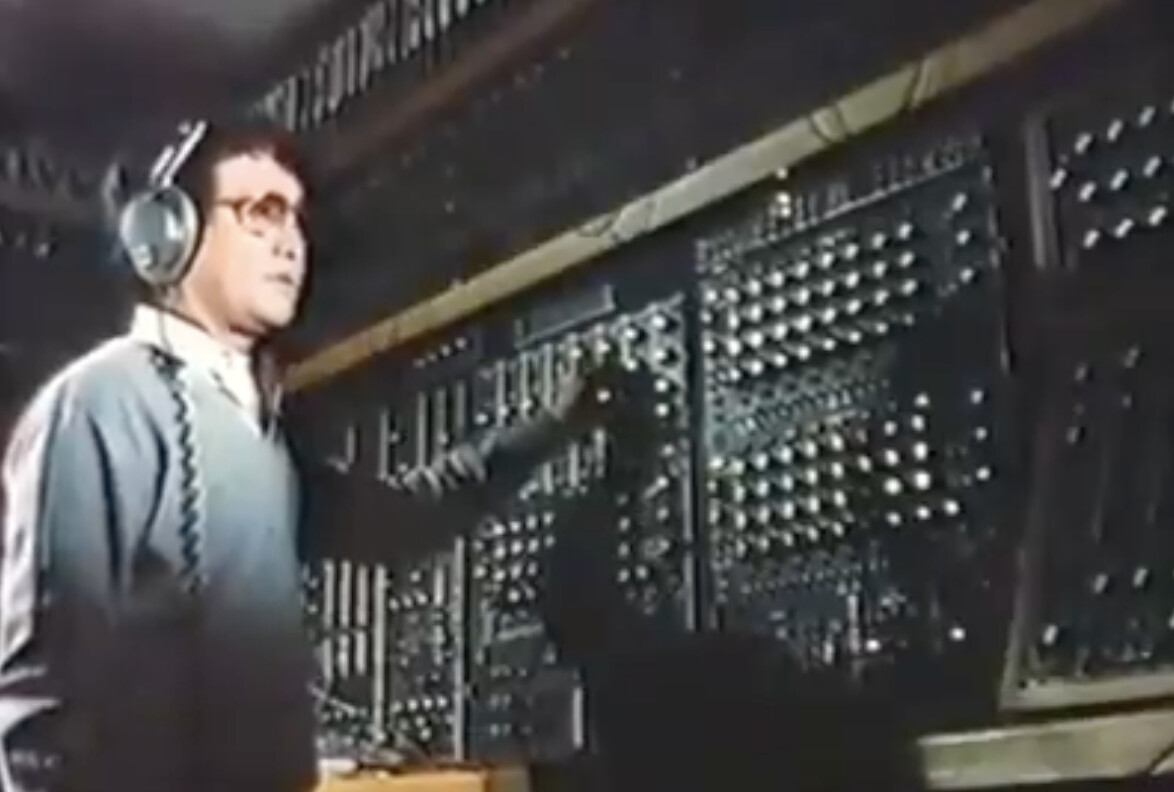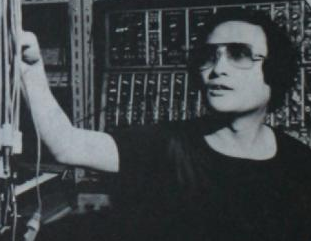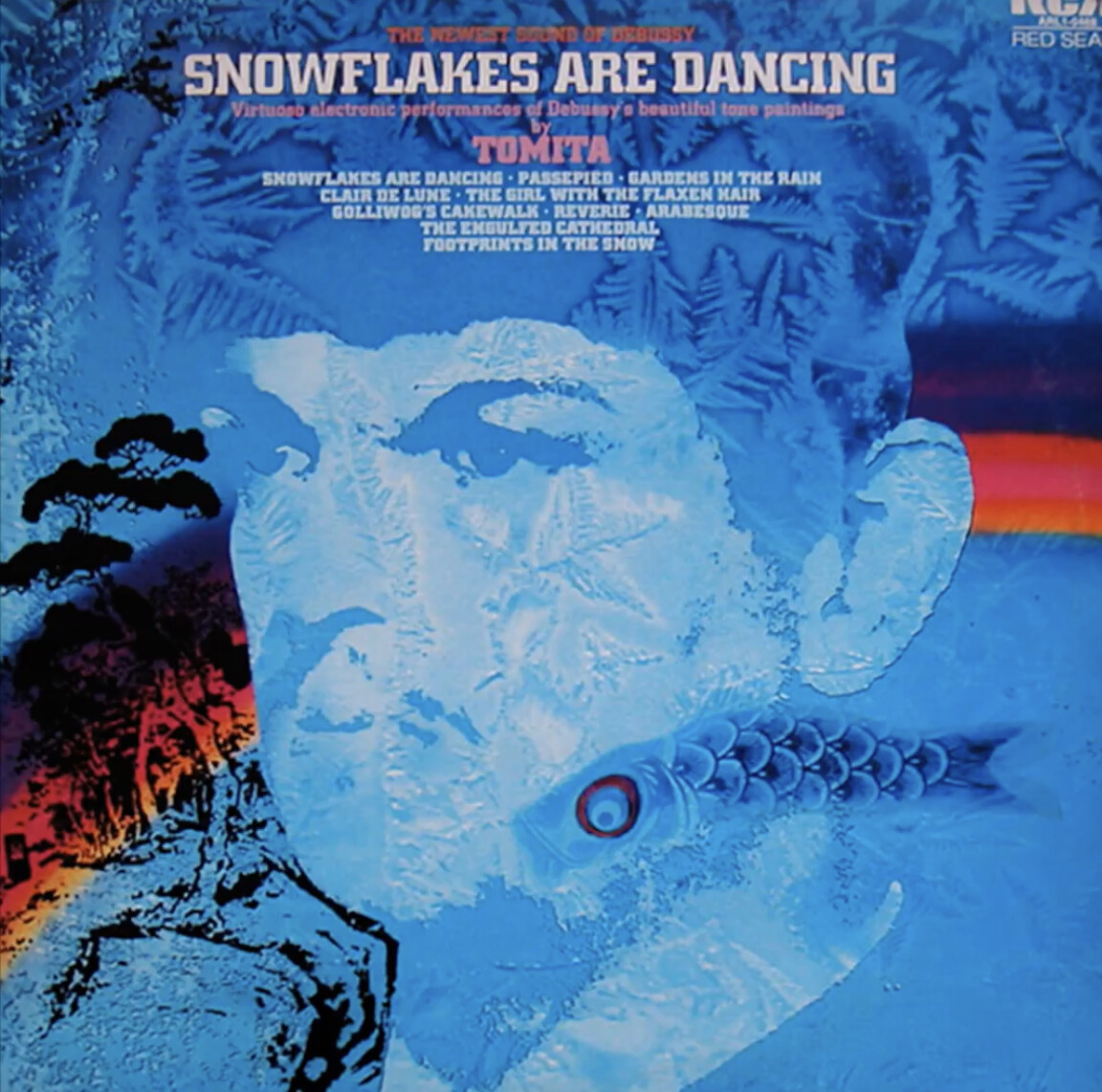No products in the cart.
Isao Tomita: The Synthesizer as a Gateway to Dreams
A Pioneer of Japanese Electronic Music
Born in 1932 in Tokyo, Isao Tomita is widely regarded as one of the key figures in Japanese electronic music. During the 1960s, he composed for television, commercials, and film, gradually developing a fascination for emerging electronic instruments. His interest skyrocketed after discovering the Moog synthesizer and listening to Wendy Carlos’s Switched-On Bach, revealing the vast creative possibilities of synthetic sound.
The Album That Put Him on the Map: “Snowflakes Are Dancing” (1974)
In 1974, Tomita released Snowflakes Are Dancing, featuring his electronic arrangements of Claude Debussy’s compositions performed on a modular Moog synthesizer. The album achieved unexpected commercial success, reaching the Top 20 of the Billboard charts in the United States—an impressive feat for an instrumental electronic record at the time. It also earned him several Grammy Award nominations. Tomita’s mastery of spatial audio and reverb effects produced a dreamy soundscape that stood out among contemporaries.
Bold Interpretations of Classical Repertoire
Following this breakthrough, Isao Tomita continued exploring electronic renditions of classical composers such as Mussorgsky (Pictures at an Exhibition), Holst (The Planets), Stravinsky, and Ravel. His signature style married orchestral subtlety with futuristic tones, layering multiple recorded tracks to achieve an unprecedented level of sonic detail for the era.
Avant-Garde Live Performances
Beyond his studio work, Tomita also gained recognition for his cutting-edge live shows, often featuring 3D sound systems and visual elements reminiscent of science fiction. His goal was to transform concerts into immersive experiences, enveloping audiences in a fully realized sonic universe.
A Lasting Legacy
Tomita passed away on May 5, 2016, at the age of 84, leaving behind an immense legacy in electronic music. His innovative approach influenced countless artists in Japan and around the world, spotlighting the richness of Japan’s electronic scene. By blending classical nuance with technological innovation, he pioneered a new direction in instrumental music—one that embraced modernity while honoring tradition.
Tagged with :






